
Top Sellers
Top 50 Best Newest Supplements Top Protein Top Pre-Workout Top Post-Workout Top Fat Loss Top Intra-Workout Top Health & Wellness Powerlifting Books
Workout Accessories
Videos
Workout Music
Powerlifting Books
Workout Accessories
Videos
Workout Music
Ads
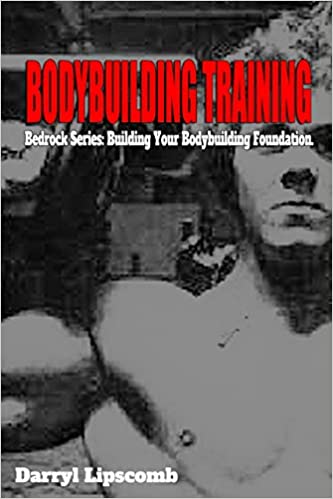
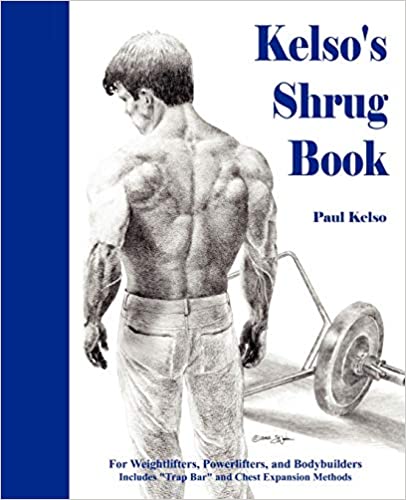
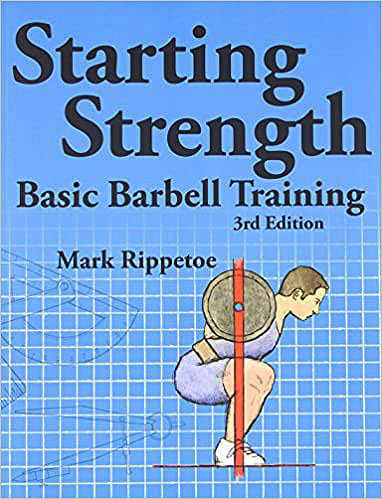

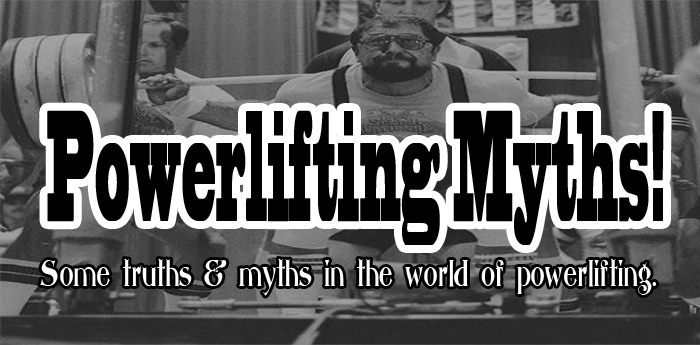
 By: Jeremy Strangfeld
By: Jeremy Strangfeld
All too often I read on message boards or hear in conversations some myths that are widely known and are preached as gospel through out gyms and lifting clubs or organizations around the world. I hope to address and in turn reveal the truth about a few of the most common ones.
I often hear somebody talk about wanting to do powerlifting, but they say they don’t want to get fat. The idea that powerlifters are fat or even that the majority of powerlifters are fat is ludicrous. I think this stereotype stems from some old 80s super heavyweights that were on the verge to hitting huge numbers and therefore people were hearing about them and seeing what they looked like.
Nowadays, lifters like Ryan Kennelly, Scot Mendelson, and Sebastian Burns look like bodybuilders in the off season. They are no slobs and are at the top of the game because they have supreme diets and are not lazy. In fact, I can’t think of one world class power lifter that is a fat slob. Most all of the biggest lifts made recently are made by relatively lean lifters.
There really is no reason powerlifters should be fat (having a body fat percentage of 18% or more) because optimum nutrition is a big part of the game. Just like bodybuilders, large amounts of protein are needed and clean carbohydrates should be timed perfectly. I don’t care who you are or what you do; if your diet is not perfect, you are not anywhere near optimal performance.
Now, I will also address the issue of people saying that training for power lifting won’t help you achieve some awesome gains in mass. Just like the ‘fat’ stereotype, this one is ridiculous. How can a person not grow if they are slinging around heavy weights? Besides, many assistance exercises that most power lifters do are in the higher rep ranges. There is no reason that training for maximum strength output will not lead to gains in lean mass.
Some high-volume trainees will argue that there is not enough volume in most power lifting programs to lead to hypertrophy. If you want high volume, you should check out the Metal Militia style of training. Ten sets of forty five or fifty shrugs is not uncommon, nor is a couple hours of direct lockout (triceps) training. If you want high volume, that is the way to go.
As you can guess, this is also not true. This is another stereotypical comment made by jealous gym rats that can’t even call themselves bodybuilders, which, by the way, are probably the kind of people that develop the bodybuilders vs. power lifters bullshit in the first place.
Now, there is no way that after loads and loads of tricep work and lots of rows, pull-ups or pulldowns, and even straight bar curls that a person’s arms won’t grow. Almost all of these lifts are implemented into most power lifting programs so this is also not true.
Umm….WRONG! Every single power lifter that has attempted a bench in competition of more than 800 pounds has been at least 6 feet tall with proportionate arms. They all never made excuses and that’s the kind of person that will succeed.
There are things you can do though if you are genetically crapped upon. You can train for explosiveness to increase your bar speed. If you have a twenty inch bench stroke (the distance the bar moves) and aren‘t very thick or muscular, then you have a lot more room for error than somebody with a ten to twelve inch stroke. If you move the bar quickly, there is less chance that the bar will stop moving or become hard to press upward. I will explain this in a later article.
Now this may be true if said power lifter has a ton of fat on his ass. But as I’ve said earlier, this is often not the norm. In fact, I think this myth is just an excuse for people not to squat heavy weights which, I‘ll admit, can be intimidating to some. If lifting heavy weights is scary to you, and this doesn’t change within a couple months’ time, then you simply don’t have what it takes to be a power lifter.
Now, back to addressing the myth. True, a person’s rear end (glutes) will grow larger if they squat heavy. But so will their hamstrings, quads, calves, and hip flexors. Everything will grow in proportion. Like I said in the above paragraph, if there is fat over your backside, especially if there is a lot of muscle, you will have a large rear end. If you are a relatively low body fat percentage, you will just have a dense, strong hind end.
Again, this is another ridiculous statement. About forty years ago, studies were done to see which Olympic athletes were the most athletic. What they found was rather interesting. The Olympic weightlifters (who compete in the snatch and the clean and jerk) could jump just as high and sprint just as fast as a lot of the track and field athletes of equal size.
Recently, power lifting coaches have been adding explosive lifts to their programs and the results are tremendous. I have personally seen a five-foot-nine high school powerlifter in the 275 pound weight class, with a competition squat of over seven hundred pounds, dunk a basketball, WITH NO RUNNING START.
He was also a good sprinter. There are many other power lifters with tremendous athletic skills. One example would be Andre ’Tilt’ Henry of Westside barbell. The guy weighs well over 400 pounds but has a 42+ inch vertical. Amazing.
Many high schools now have power lifting teams that compete with other schools in their area. Most all of the students involved with power lifting are also involved with other sports such as football. The power lifting programs that they follow help them become bigger, faster, and stronger athletes in their respective sports.
The above examples debunk a few common myths about power lifting and power lifters. The information in the article is summed up from my research and my conversations with world class athletes, strength coaches, and the common lifter.
Tags: strength life
Thanks!
Sponsored Products:
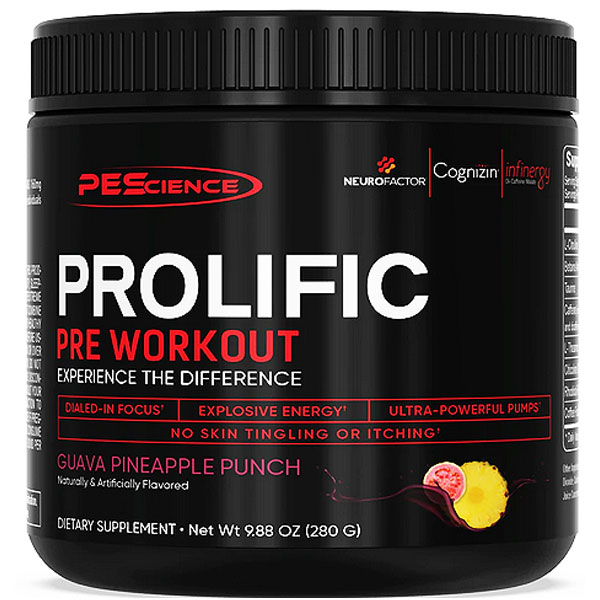
PEScience
Prolific
Advanced Pre-Workout!
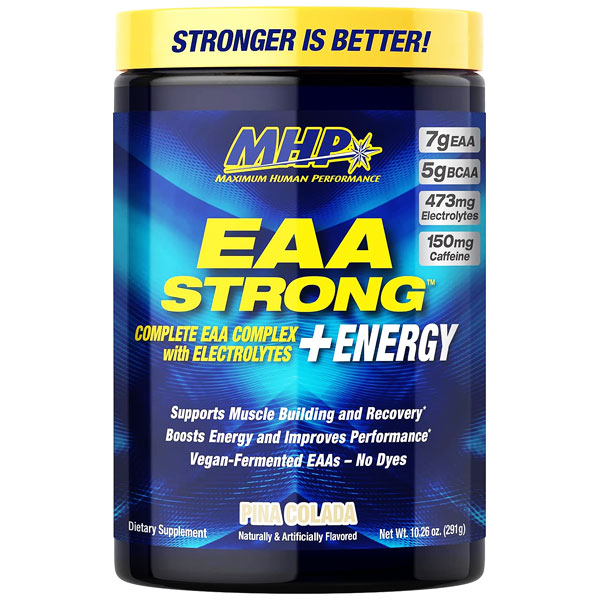
MHP
EAA Strong
Muscle Repair & Recovery!
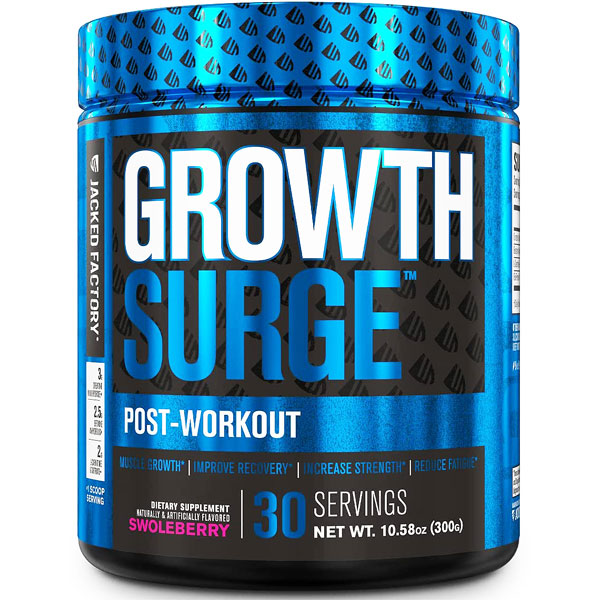
Jacked Factory
GROWTH SURGE
Muscle Growth Formula!
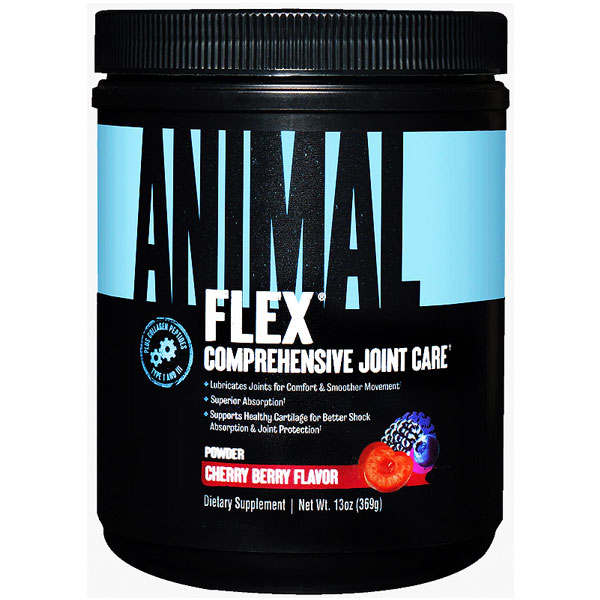
ANIMAL
FLEX POWDER
Complete Joint Support Stack
OPPSDECOR
8 in 1 650lbs Weight Bench
Adjustable Workout Bench Set with Squat Rack!
Price: $189.98 Get Yours
Get Yours
FAURIMMER
Hand Grip Strengthener Set
Heavy-Duty Grip Strength Trainer with Protective Foam Covers
Price: $29.99 Get Yours
Get Yours